
Safari in May
May
is the early part of the
main safari season in Africa

safari is improving fast, but the Cape is coming into winter
While the Cape begins to cool and see more rain, May marks the start of the dry season in South Africa’s interior safari regions, particularly in Kruger National Park, the private reserves adjacent to Kruger and Madikwe.
These areas, located in the northeastern and northern parts of the country, experience increasingly clear, sunny days and mild temperatures.
In Kruger National Park, May brings cooler mornings and evenings but pleasantly warm days. The end of the rainy season means the bush thins out, making it much easier to spot wildlife.
Animals begin gathering at permanent waterholes, and large herds of elephants and buffalo are more frequently seen. Predators become more active and visible, with sightings generally improving each week as the season progresses.
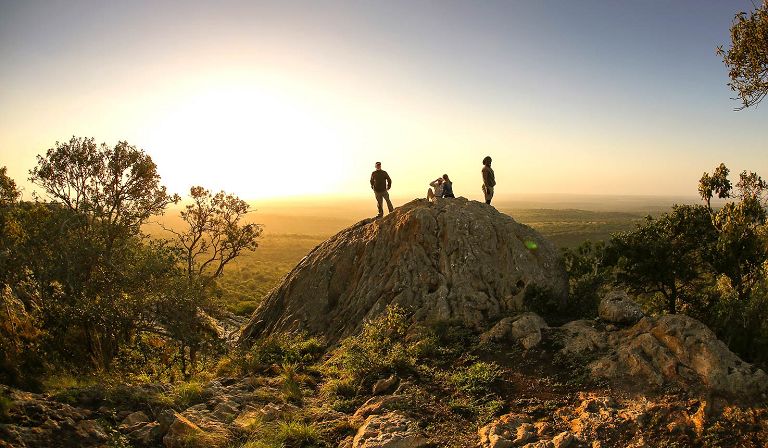
the miracle of the flood arrival
May is the second and last month of the transition from the warm green season to the cool dry season in Botswana.
By now, the landscapes should be starting to dry out significantly, with the grasses starting to yellow and drop and the wildlife starting to move back in towards permanent water, making for improved wildlife viewing.
This is also the first month when the floods typically arrive into the western side of the Okavango and Linyanti wetlands, which can be fun to witness and can create a clustering of wildlife.
Although sightings may not be quite up to the level of the upcoming dry season, they should be pretty close.
The night time temperatures are really starting to drop, meaning hot water bottles in bed and ponchos on morning drives.
Unfortunately, the prices in most lodges are closer to the dry season peaks than the green season lows.
The Cape (Cape Town, Whale Coast, Cape Winelands) has a converse seasonality to the rest of sub-Saharan Africa. It is fall at this time, which is not perfect, but still pleasant. There are also options to combine with tropical beaches.
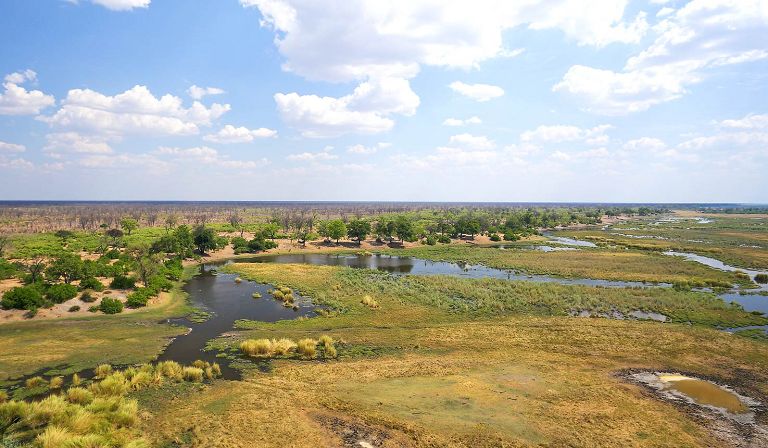
good conditions in almost all areas
May is the second month of the dry season and is generally considered to be a very good month to visit most parts of Peru.
High up in the Andes around Cusco, temperatures are steady year-round at 20C (68F), but rainfall has dropped to 10mm (0.5”) over the month.
Down in the Tambopata Amazon to the east, temperatures are steady year-round at 30C (86F), but rainfall falls further to 100mm (4”) over the month.
Down on the coastal plateau to the west, temperatures drop further to 22C (71F), whilst rainfall is virtually zero year round.
Visitor traffic should be starting to increase slightly.

good conditions in all but the most easterly areas
The Apr-May period is the early dry season in Namibia, a period that marks a transition from the preceding summer green season and the subsequent winter dry season, with savanna safari conditions generally improving as the weeks pass.
The weather throughout this period should be warm and sunny. The concerns are more about the residual effects on the landscapes of rain during the previous period.
In years where the rains are substantial, the landscapes can remain green and the seasonal waterholes out in the surrounding hinterlands can remain active. These effects would delay the migration of animals in towards the permanent waterholes of the Etosha area and the river valleys of Damaraland North and Twyfelfontein, greatly reducing the intensity of the wildlife viewing.
In drier years these effects will have subsided by this time and wildlife viewing will already be approaching the heights of the main dry season to follow.
Through May, these factors are likely to be fading significantly
Temperatures in Etosha during the day average around 28C/82F at this time of year, dropping at night to around 14C/57F and possibly sinking even lower into May as the dry winter conditions start to take hold, especially in the western deserts.
Visitor traffic tends to be relatively light at this time, although can peak over Easter, when traffic avoidance techniques (like staying on private reserves and visiting more remote areas) should be deployed.
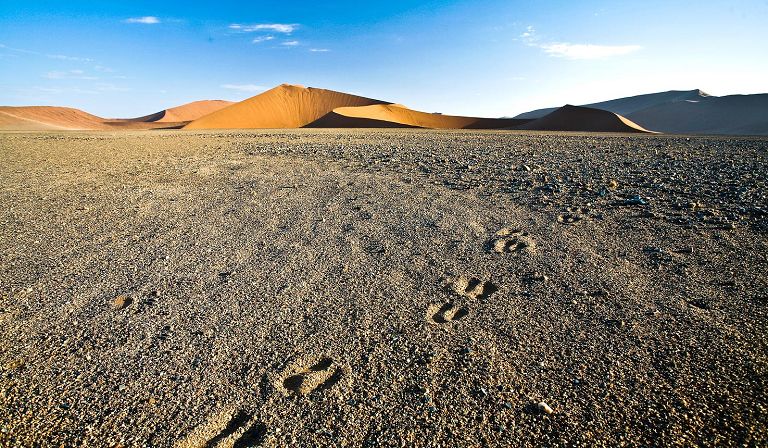
the quiet and pretty early dry season
May is generally considered to be an improving time to visit Tanzania.
The weather during May is usually mixed. The start of the month can be a continuation of the heavy rains of the preceding month, but in many inland areas these rains can fall away very fast.
Statistics show that the rainfall in Serengeti during May has been very low in most of the last twenty years.
However, down on the coast conditions are much more likely to continue to be adverse, with high winds and persistent rain a real possibility.
Nevertheless there should be a good deal of hot sunny weather in between and daytime temperatures should still continue to reach 25-30C/77-86F in most areas.
Safari in Tanzania in May ranges from poor to very good. As the long rains come to an end in early May, so the animals remain widely dispersed. Furthermore, with the grass and other foliage has really put on some growth, that the animals remain difficult to find.
Reserves to the south and west of the country remain challenging, although Ruaha is starting to get really pleasant through the month.
In the Serengeti region, there are more viable safari options. Low visitor numbers make the core areas of Lake Manyara, Ngorongoro Crater and Serengeti unusually attractive. As the month progresses, so the main wildebeest migration pushes north towards the Grumeti Stream and should be accessible.
Conditions on Mount Kilimanjaro remain difficult and dangerous and we only tend to outfit expeditions for hardcore mountaineers and military personnel.
Visitor traffic in May increases gently from very low to low, with slightly higher numbers starting to flow into the Serengeti region in the last week of the month.
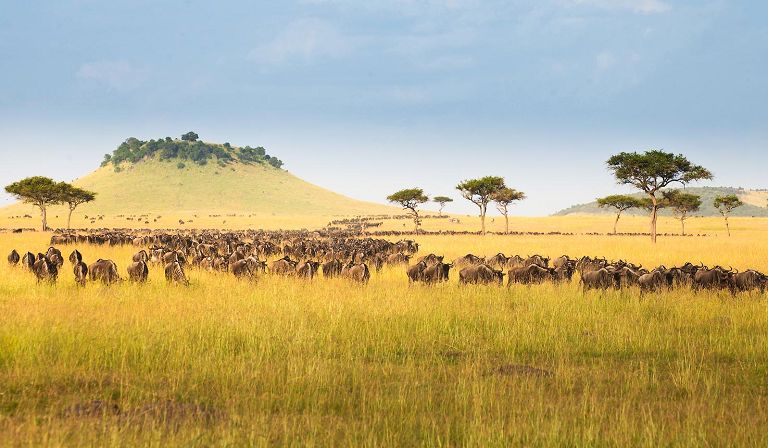
still rainy on the mainland
May is the eighth month of the very long rainy season and is generally considered to be a slightly challenging month to visit Ecuador. although good in Galapagos.
High up in the Andes around Quito, temperatures are steady year-round at 20C (68F), but rainfall drops to 100mm (6”) over the month.
Down in the Yasuni Amazon to the east, temperatures are steady year-round at 30C (86F), but rainfall falls further to 100mm (4”) over the month.
Out in the Galapagos, temperatures are dropping slightly to 29C (84F). Rainfall also falls to 15mm (1”) over the month, but occurs almost exclusively at higher altitudes.
Visitor traffic should be low.
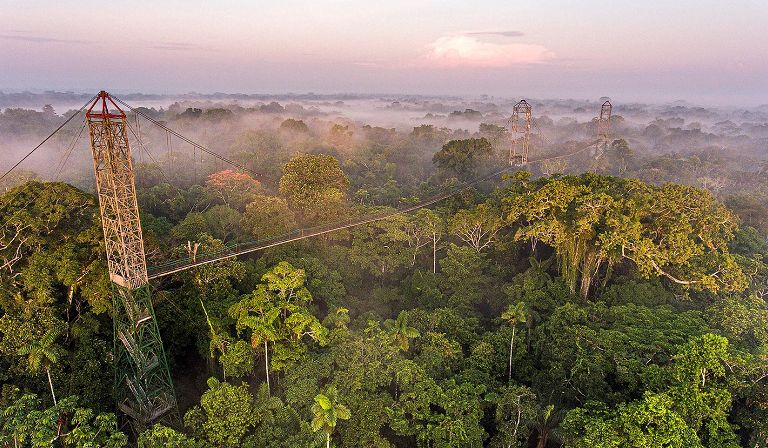
the first month of the dry season in most areas
May is the first month of the dry season in Zimbabwe, with pleasantly cool temperatures, but with sunshine levels dropping to around 8 hours per day.
Most of the key reserves are just starting to reopen after the rains, as the black cotton soils dry out and the tracks again become passable.
The bush remains pleasantly lush, but is starting to yellow. The wildlife remains widely dispersed and relatively difficult to view. As the seasonal waterholes start to dry out, the animals start to move in towards permanent water, although this effect is likely to be slight this early in the season.
The safari areas of nearby Botswana are more productive at this time, since there is far less rainfall in the Kalahari Desert and the dry season starts much earlier. However, the prices there have also risen to high season levels by now.
The Cape (Cape Town, Whale Coast, Cape Winelands) has a converse seasonality to the rest of sub-Saharan Africa. It is late summer at this time, making it the perfect complement to a safari.
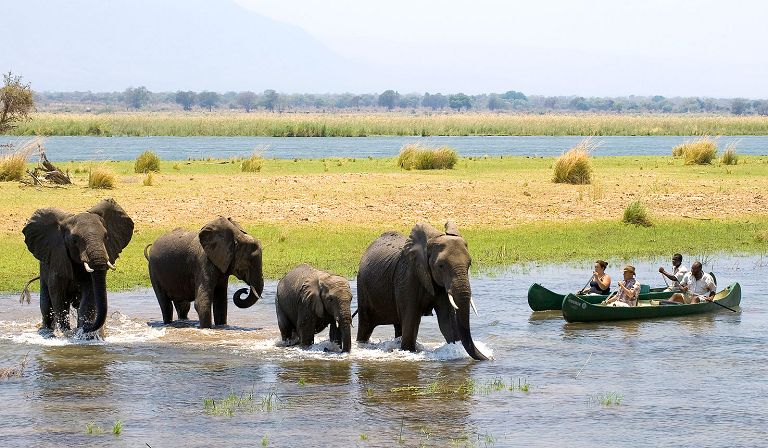
challenging conditions in most areas
May is generally considered to be a relatively challenging month to visit Kenya.
In the Maasai Mara, May is the seventh month of the green season. Temperatures should be a pleasant 25C/77F, but rainfall continues to be up around 125mm/5″ for the month. The main migration herds have long since departed for the south. There should still be reasonably strong general wildlife viewing, with plenty of predator action. However, the grasses are now longer and the backtracks are muddier, both of which impede the safari experience.
In the northern areas of Laikipia, Samburu and Mathews Range, conditions are again improving. Temperatures should still be comfortable and rainfall should fall back to around 25mm (1”) for the month. Wildlife viewing is still quite challenging, but the experience is more enjoyable.
Conditions are still pretty testing down on the tropical coast, where temperatures are still up at a potentially uncomfortable 31C/88F and rainfall has risen further to a remarkable 250mm/10″ for the month.
Visitor numbers in May are usually quite low, which may go some of the way to offsetting the various disadvantages. It’s really a month reserved for experienced safari travellers who are paranoid about traffic.
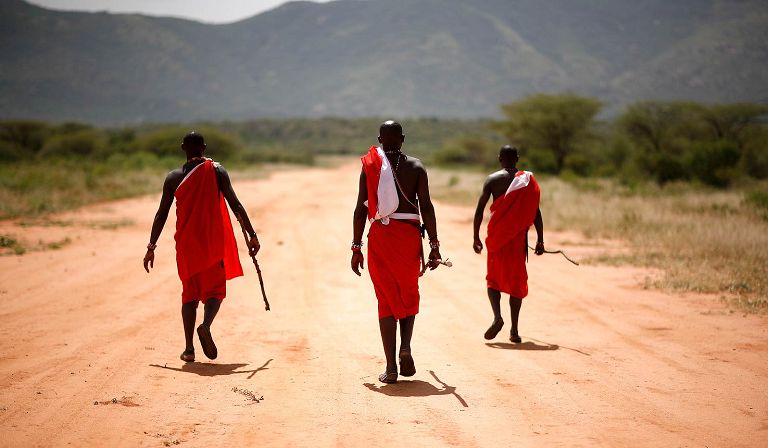
focusing on more northerly areas
May is the early southern winter and areas further south are now generally off the menu. Trips focus on the northern parts of Argentina.
In the deep south, Patagonia is effectively closed.
In central areas such as Bariloche, the fall landscapes are pretty, but conditions are no longer ideal for summer activities, whilst not yet being cold enough for winter activities. Temperatures continue to drop sharply to around 11C (52F), whilst rainfall increases dramatically to 125mm (5”) for the month.
Out on the coast, most of the migratory marine wildlife has left the Península Valdés.
In the northwest of the country, private-guided overland expeditions into the high Andes are very good at this time. Temperatures in Salta are dropping slightly to 21C (70F), but rainfall has plummeted to 15mm (0.5”) for the month. Conditions in the dramatic high altitude areas are getting interestingly cool.
Up in the north of the country, the Iguazú Falls area is significantly less hot. The water volumes on the falls should be subsiding to allow better access and views.
Temperatures are down a little to around 24C (74F) and rainfall also falls slightly to 125mm (5”) for the month.
Visitor traffic in May is low everywhere except the Iguazú area.
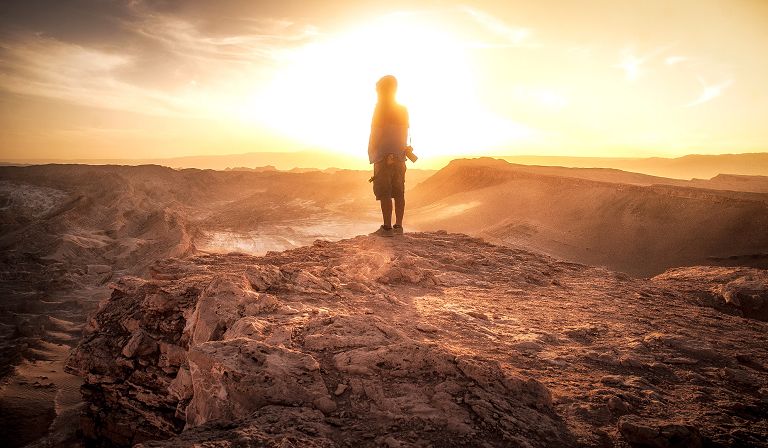
with generally improving gorilla conditions
May is generally considered to be an unpredictable time of year to visit Uganda, with significant rain in all areas.
In the Bwindi Forest area, the temperatures are stable at around 22C (70F), but rainfall has now dropped to around 100mm (4”) through the month.
This rainfall is still relatively high and could continue to make gorilla tracking more difficult, although this should ease considerably through the month.
Temperatures can get relatively cold at night, dropping to around 7C (45F). Early morning activities can therefore be quite chilly so travellers should bring appropriate clothing.
In the savanna safari areas at this time, Queen Elizabeth, Murchison Falls and Kidepo Valley, also experience higher than average rainfall, making for continued challenging wildlife viewing.
Visitor traffic tends to be very light in May, but it is always good to book permits as early as possible, to get on the best gorilla families.
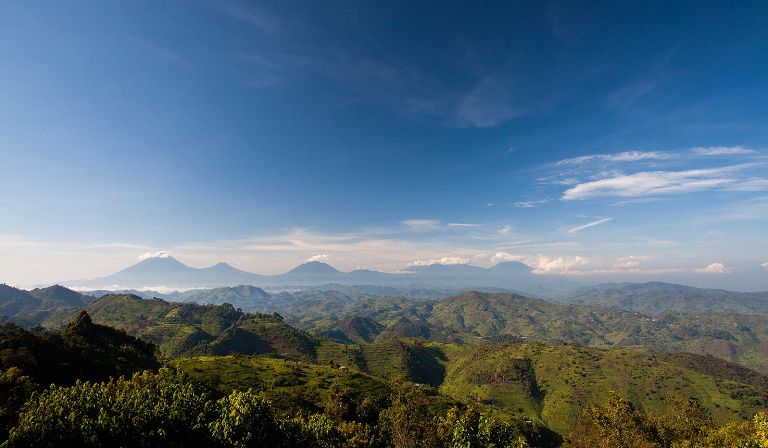
the first month of the dry season in most areas
May is the first month of the dry season in Zambia, with pleasantly cool temperatures, but with sunshine levels dropping to around 8 hours per day.
Most of the key reserves are just starting to reopen after the rains, as the black cotton soils dry out and the tracks again become passable.
The bush remains pleasantly lush, but is starting to yellow. The wildlife remains widely dispersed and relatively difficult to view. As the seasonal waterholes start to dry out, the animals start to move in towards permanent water, although this effect is likely to be slight this early in the season.
The safari areas of nearby Botswana are more productive at this time, since there is far less rainfall in the Kalahari Desert and the dry season starts much earlier. However, the prices there have also risen to high season levels by now.
The Cape (Cape Town, Whale Coast, Cape Winelands) has a converse seasonality to the rest of sub-Saharan Africa. It is late summer at this time, making it the perfect complement to a safari.
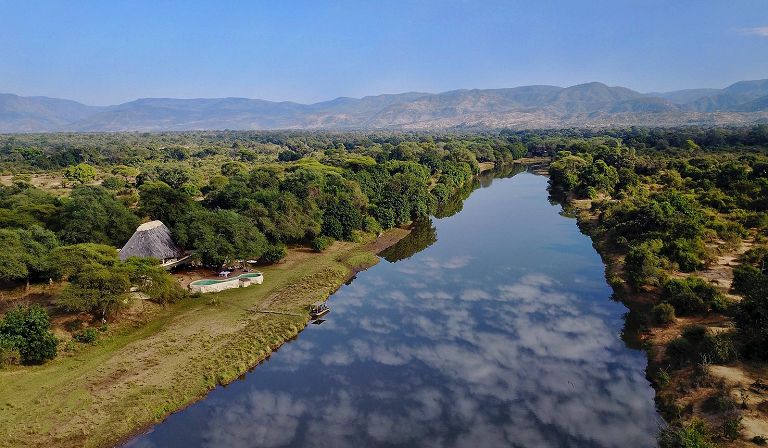
Extraordinary tailor-made adventures,
from earthy and edgy to easy and extravagant
From around USD 2500 per person, you set the ceiling

Get started on your trip
It’s never too soon to get in touch, we are here to help with every stage of your planning.

January
is strongest in north and central Africa, Asia,
the south of South America and Antarctica

February
is strongest in north and central Africa, Asia,
the south of South America and Antarctica

March
is strongest in north and central Africa, Asia,
the south of South America and Antarctica

April
is strongest in north and central Africa, Asia,
the south of South America and Antarctica

May
is strongest in north and central Africa, Asia,
the south of South America and Antarctica

June
is strongest in north and central Africa, Asia,
the south of South America and Antarctica

July
is strongest in north and central Africa, Asia,
the south of South America and Antarctica

August
is strongest in north and central Africa, Asia,
the south of South America and Antarctica

September
is strongest in north and central Africa, Asia,
the south of South America and Antarctica

October
is strongest in north and central Africa, Asia,
the south of South America and Antarctica

November
is strongest in north and central Africa, Asia,
the south of South America and Antarctica

December
is strongest in north and central Africa, Asia,
the south of South America and Antarctica
